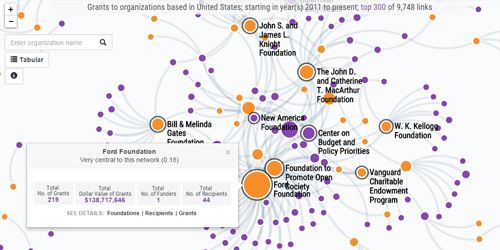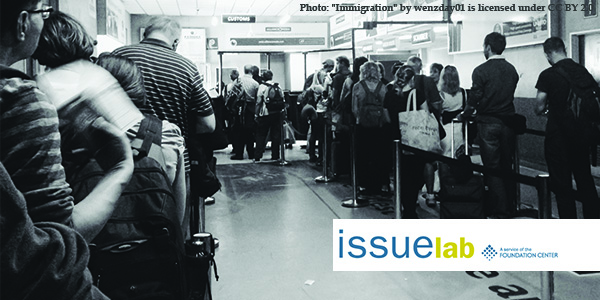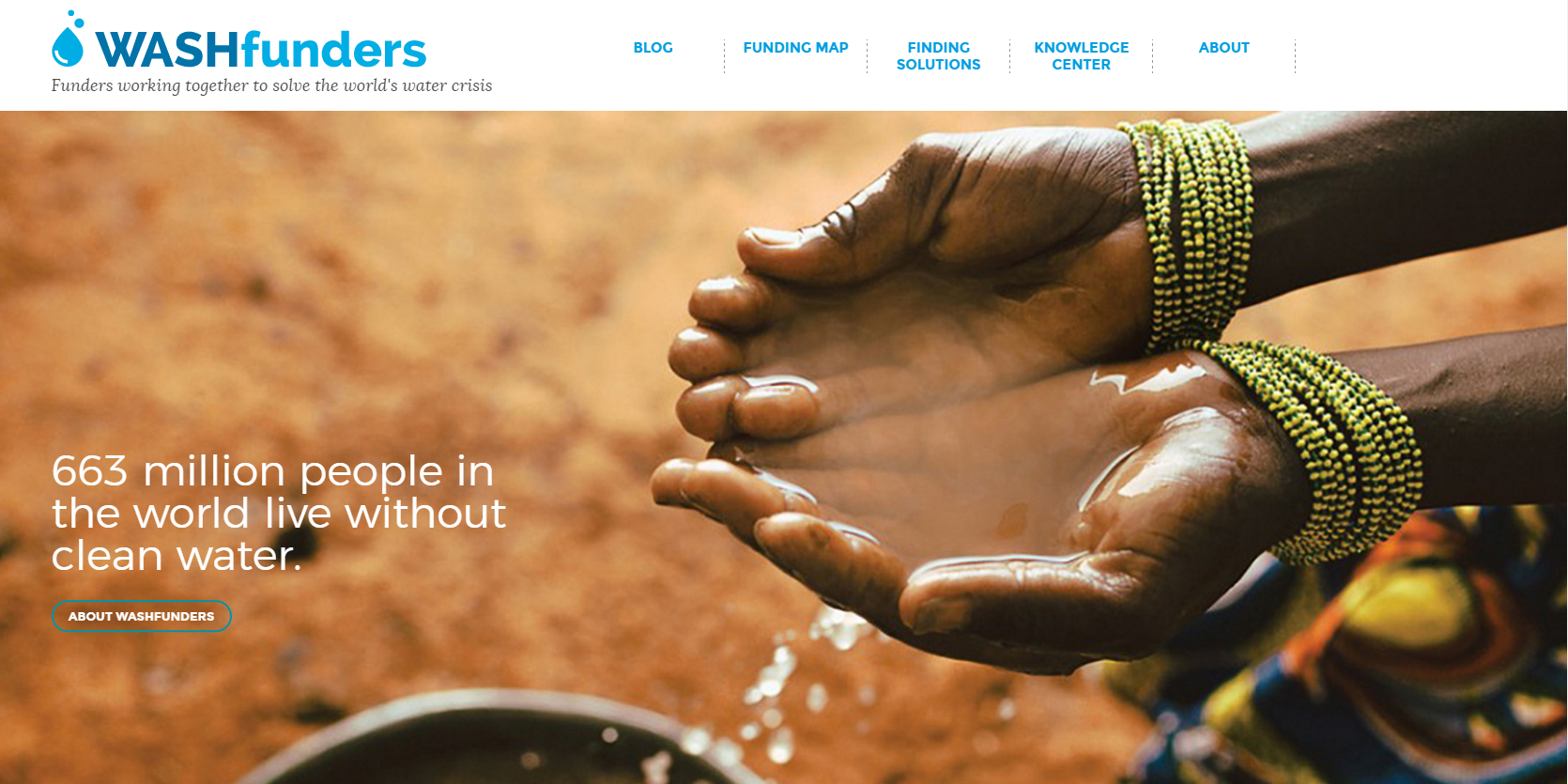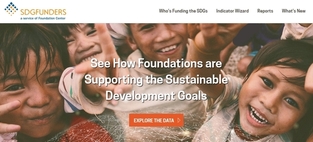Ants in the Kitchen The Role of Data in Human Rights Funding
A professor at Vanderbilt University, Brooke Ackerly, once told me, “Numbers matter. If someone tells you there are ants in your kitchen, you will want to know whether there are two ants in your kitchen or whether there are TWO MILLION ANTS IN YOUR KITCHEN.” And if there are anywhere near two million ants in your kitchen, then your neighbors will also want to know about it. Transparently sharing quantitative data helps us understand the scope of a problem, decide how to gauge the scale of our response, and allows others to learn from our efforts.
In Advancing Human Rights: The State of Global Foundation Grantmaking, the Foundation Center and the International Human Rights Funder’s Group collect, analyze, and publicly share quantitative data that tell us about the scale of our response to human rights violations. The report finds that foundation grantmaking to address these issues occurs on a global scale and is a widespread practice, with 703 foundations giving a total of $1.2 billion in grants for human rights causes in 2010.
For many of us in the field of human rights grantmaking, and particularly within foundations that work to advance the rights of women and girls, the startlingly low amount of funding going to address the issue of freedom from violence stands out as an important finding from the report.
Funding to secure freedom from violence accounts for just 4 percent of the total grantmaking by human rights funders included in the study. Even within that issue, the largest chunk of grant money goes to addressing freedom from torture, a significant issue to be sure, but one that impacts a relatively small number of individuals compared to the one billion women and girls who face violence based on their gender. In fact, the report finds that in 2010, just $5.3 million was directed to the issue of domestic violence and another $8.6 million to the issue of gender or identity-based violence. Combined, these would account for only about 1 percent of all of the $1.2 billion in grants included in the study.
This data helps us identify issues, like that of gender-based violence, where the scope of the problem may not align with the scale of the response. In terms of the scope of the problem, we know that approximately one out of every three women and girls around the world have their right to freedom from violence violated because of their gender – they experience assault, rape, abuse, and even murder. We know that beyond being a human rights violation, this violence costs societies billions ($5.8 billion annually in the US alone, according to the CDC) in lost worker productivity, public health implications, and costs associated with legal and social services.
Any way you look at it, violence against women is a major roadblock to economic and social progress and a human rights violation. When we compare the scope of the problem to the scale of the response, this data is telling us that we are responding to a two million ant problem with a two ant solution.
However, where grantmaking on freedom from violence is happening, there are innovative efforts to integrate grantmaking, field-building and advocacy strategies for greater impact. Recently, three examples stood out to me:
In the city of Chicago, one-third of all crimes reported are domestic violence related. The Chicago Foundation for Women’s Freedom from Violence initiative includes grantmaking, policy advocacy and capacity building strategies. An Advocacy Academy and Executive Directors Roundtable also support local nonprofits working for the right to live free from violence.
Global Fund for Women has funded organizations that helped to achieve stronger legislation on violence against women and girls in 25 countries, including the Philippines, Bulgaria, the Democratic Republic of Congo, Mongolia, and Georgia among others. Last fall it looked for ways to raise its own voice on this issue, and worked with a coalition of 17 other women’s funds to bring a petition to the Council of Europe in support of the ratification of the Istanbul Convention - a framework to prevent, stop, and sanction the crime of violence against women.
The Open Society Foundations have directed grantmaking toward freedom from violence but also used their website as a platform to share grantee’s stories and to raise awareness of campaigns on this issue. Most recently, the OSF Moving Walls exhibit has included the stories of domestic violence survivors from South Africa.
Data can tell us a lot; revealing challenges and the action we’ve taken -- or failed to take -- to solve those problems. Stories from funders that work to secure freedom from violence adds another layer. A sense of what might be possible. Hopefully, these examples are just a beginning. A beginning of a wave of grantmakers, ready not only to fund but to raise our own voices on this issue.






